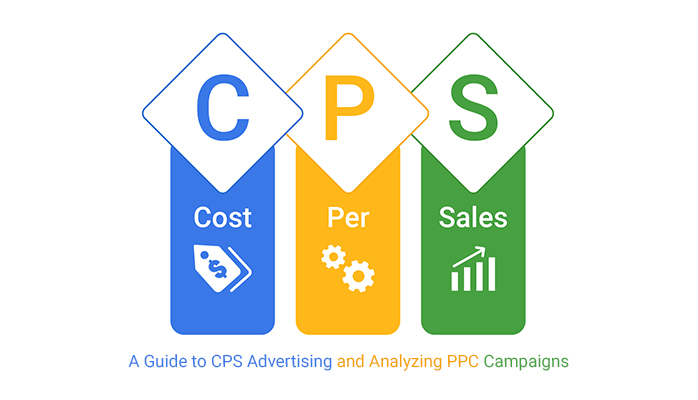
Cost Per Sale: An In-Depth Guide
Cost Per Sale (CPS), also known as cost per conversion, is the expense incurred by an advertiser for each sale generated through a specific advertisement.
How to Calculate Cost Per Sale
To determine your CPS, divide your total advertising costs by the revenue generated from sales. For instance, if your total monthly costs amount to $100,000 and you achieve $1,000,000 in sales revenue, your CPS is $0.10. That’s quite efficient.
CPS=Total CostsTotal Revenue\text{CPS} = \frac{\text{Total Costs}}{\text{Total Revenue}}CPS=Total RevenueTotal Costs
Strategies to Reduce Cost Per Sale
Reducing CPS can be achieved through two main strategies: cutting costs or increasing conversions. Let’s explore both approaches.
Cutting Costs
- Optimize Keyword Selection
- Avoid relying solely on broad-match keywords. While they reach a wide audience, they often attract clicks from users with low intent to purchase. Instead, focus on long-tail keywords that target a more specific, intent-driven audience. Although you might receive fewer clicks, the conversion rate is likely to be higher.
- Utilize Negative Keywords
- Implement negative keywords to filter out irrelevant traffic. For example, if you sell new cars, use “used cars” as a negative keyword to prevent your ads from appearing in searches for used vehicles, thereby avoiding unnecessary costs.
- Bid Modifiers Management
- Use bid modifiers within your ad platform to adjust bids based on factors like time of day, location, and device type. However, overuse of bid modifiers can lead to excessively high cost-per-click (CPC). Use this tool strategically to maintain cost efficiency.
Boosting Conversions
- Enhance Landing Pages
- Ensure your landing pages are compelling and offer unique value propositions. Standard offers like discounts or free consultations may result in average conversion rates. Instead, provide something immediate and valuable that meets the prospect’s needs.
- Remarketing Campaigns
- Utilize remarketing strategies to re-engage users who have shown interest but did not convert. The Google Display Network and remarketing lists for search ads (RLSA) are effective tools to keep your brand top-of-mind and increase the likelihood of conversions upon subsequent visits.
Practical Example of Calculating CPS
Let’s say your monthly advertising spend is $20,000, and this investment results in $200,000 in sales. Your CPS calculation would be:
CPS=20,000200,000=0.10\text{CPS} = \frac{20,000}{200,000} = 0.10CPS=200,00020,000=0.10
Identifying a Good CPS
A desirable CPS depends on various factors such as your desired return on ad spend (ROAS), average order value (AOV), and conversion rates. For instance, if your goal is a 5x ROAS with an AOV of $100 and a conversion rate of 10%, you should aim for a CPS of $2 or lower.
Recognizing a High CPS
A high CPS can vary significantly across industries. For example, a $50 CPS might be acceptable for a high-ticket B2B service but would be excessive for a low-margin e-commerce store. If your CPS consistently exceeds your ROAS, AOV, and conversion rate metrics, it’s time to adjust your campaign strategies.
Custom Benchmarks and Goals
When industry benchmarks are unavailable or irrelevant, create custom CPL benchmarks based on historical campaign data. Analyze past campaigns with similar objectives and audiences to set realistic CPS targets. Align these targets with business goals, such as revenue growth, to ensure your advertising efforts are both effective and sustainable.
By understanding and applying these principles, you can effectively manage and optimize your CPS, ensuring your advertising campaigns are both cost-efficient and successful.


